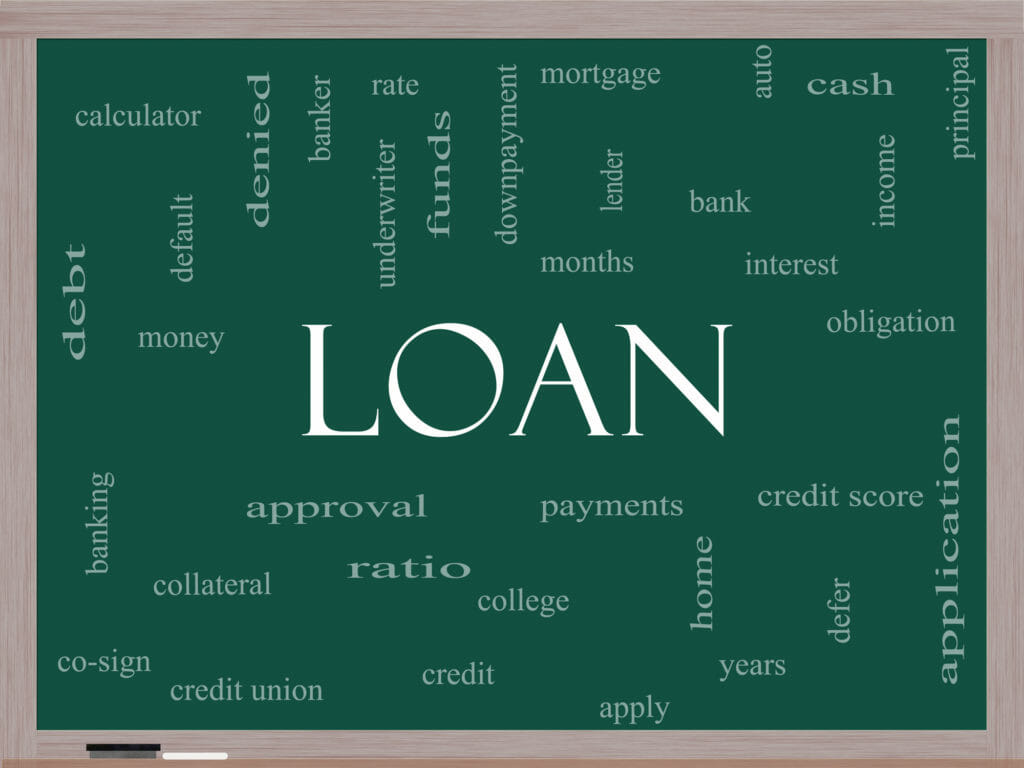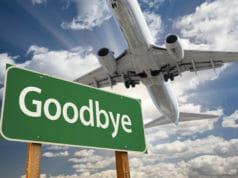
Last month, we talked about mortgage programs that are available with little to no down payment. This month we’re going to talk about how to qualify for them. There is a variety of factors that go into qualifying someone for a loan and determining for how much they qualify. The simplest way is to reach out to a licensed loan originator and let them do the work for you. You’re under no obligation to use a particular lender. If you don’t like the answer you receive then you can contact another lender. We see this a lot when a pilot contacts a lender who isn’t familiar with how we are paid. Make sure you’re talking to someone who regularly originates loans for pilots.
Here are some of the factors that go into qualifying:
1) Credit Score: Your credit score is typically what most people think of when applying for a loan. Unless you have significant derogatory information in your credit file, or no credit at all, you’ll most likely qualify. Each loan program has specific minimum credit scores, but if one program doesn’t work, there is usually another program that will. A low credit score isn’t always a show-stopper.
2) Employment history: The length of time in your profession or at your employer can be a problem if you frequently change jobs or are planning on making a career change. Typically, two years in the same line of work or with the same employer is safe. On a side note, prior military service can be used to complete the two-year employment history as long as you are in the same line of work. For example, if you were a pilot in the military and are now flying for the airlines, your lender will be able to use your former military service to complete the two-year history. If you’re self-employed, meaning you don’t receive a W-2 from your employer, then you’ll want to have at least two years of tax returns supporting that 1099 or self-employment income to be able to count it for qualification purposes. This can be an issue for pilots if they want to count private Certified Flight Instructor work or they do contract flying. If you work for a flight school or an airline as a regular W-2 employee, then the lender would simply need to verify the two-year history. The rules are written to allow professionals with advanced training and education to qualify, even if they change employers often, as long as they maintain the same line of work.
3) Debt to Income Ratio: Depending on the loan program, lenders typically allow borrowers to have somewhere between a 43-55% Debt to Income Ratio. To determine if you qualify, and for how much, your total monthly debt obligations, to include the expected new mortgage payment, (cell phone, cable, utilities excluded) are divided by your monthly income. For monthly debt obligations, think minimum credit card bills, car payments, student loans, other mortgages, child support/alimony and any other loans outstanding. These numbers are taken off of your credit report. That said, your lender is going to be the best person to calculate your Debt to Income Ratio for you. Your income is going to include either your gross salary, minimum monthly guarantee, or an average of your actual flight pay over a year. If you have received any bonuses or profit sharing for a minimum of two years, that can also be included in your income. Unfortunately, per diem cannot be counted.

If you have a co-borrower on the loan, their income and debts will also be calculated into the equation. Having a co-borrower can either help or hurt you depending on their total Debt to Income Ratio. Sometimes it is better not to have a co-borrower, even if it is your spouse. Your lender can run the numbers with you to determine what will specifically work best for you.
This is a short list of some of the important things to consider. The only real way to ensure you’ll qualify and for how much is to reach out to a licensed loan originator. The earlier you start the process, the fewer surprises you’ll have once it’s game-time. Don’t be afraid to connect with a lender sooner rather than later. The smoothest loans typically happen when a borrower reaches out about six months prior to purchasing. This gives you plenty of time to fix any potential issues and will set you up for success.
I invite you to contact me with any questions at jk@mythl.comor on my cell phone at 850-377-1114. I’m always happy to help a fellow pilot navigate the mortgage process. Also, please check out my previous articles that are available in the Oct ’18 through Jan ’19 Aero Crew News issues.
























































































































